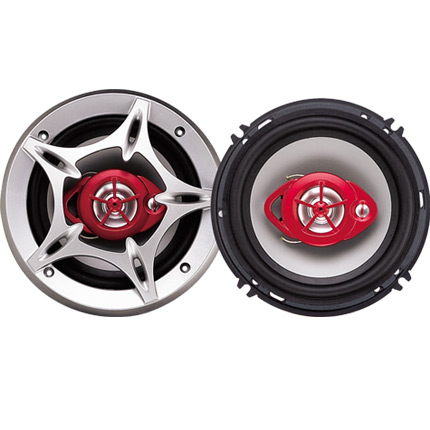hand throttle control
Hand Throttle Control A Comprehensive Overview
Hand throttle control is a mechanism that allows the operator of a vehicle or machinery to regulate engine power output manually, typically through a lever or knob that is conveniently positioned for easy access. This system is particularly beneficial in specific applications where precise throttle management is crucial, such as in agricultural machinery, construction equipment, and certain recreational vehicles.
Understanding Hand Throttle Control
The principle behind hand throttle control is relatively straightforward. It enables the operator to increase or decrease the engine's RPM (revolutions per minute) without relying solely on foot pedals or automatic throttle systems. This level of manual control can provide numerous advantages, especially in situations where rapid adjustments are required for optimal performance.
In traditional setups, vehicles utilize a foot-operated throttle connected to the accelerator pedal. While this system suits most driving conditions, there are scenarios where hand throttle control proves advantageous. For instance, in environments requiring steady speed for prolonged periods, such as in farming or construction, operators may find that hand control allows them to maintain a consistent speed without excessive foot fatigue.
Advantages of Hand Throttle Control
1. Precision and Control Hand throttle control allows for more nuanced management of engine power. Operators can make fine adjustments to the throttle position, enabling them to optimize performance based on the task at hand. This is especially important in operations such as plowing, where consistent engine speed is essential for effective work.
2. Comfort and Ergonomics Extended use of foot pedals can lead to fatigue, particularly in jobs that require prolonged periods of operation. Hand throttle controls reduce physical strain by allowing operators to rest their feet while still maintaining control over the engine. This ergonomic advantage enhances overall comfort, leading to improved productivity.
hand throttle control

3. Enhanced Safety In some applications, having hand throttle control can improve safety. For example, in situations where rapid throttle adjustments are necessary to avoid obstacles or respond to changing conditions, having the throttle in hand can facilitate quicker reactions compared to trying to move one’s foot from the pedal.
4. Versatility Hand throttle controls are versatile and can be adapted to a variety of vehicles and machinery. They are commonly found in snowmobiles, ATVs, and motorboats, where distinctive throttle control is required for different environments and conditions.
Applications in Various Industries
Hand throttle control is extensively used in numerous industries. For example, in agriculture, tractors equipped with hand throttle controls allow farmers to maintain consistent power levels while performing tasks like tilling or planting, where uneven terrain may affect engine performance. Similarly, in construction, heavy machinery often features hand throttle controls that aid operators in managing load and speed adjustments effectively.
Additionally, recreational vehicles, especially those meant for off-road activities, benefit from hand throttle systems that offer greater control in variable conditions. Snowmobiles and dirt bikes often use hand throttle controls because they provide riders with the ability to manage speed while using their feet for balance or maneuvering.
Conclusion
Hand throttle control is an integral feature in various vehicles and machinery that demand precise engine management. By allowing operators to manually adjust throttle output, this system enhances control, comfort, and safety. Whether in agriculture, construction, or recreational activities, the benefits of hand throttle control are clear. As technology continues to evolve, the efficiency and effectiveness of throttle control systems will play a critical role in shaping the future of various industries. Embracing this approach ensures that operators can perform at their best, adapting dynamically to their operational demands while minimizing fatigue and maximizing safety.
-
Workings of Clutch Pipe and Hose SystemsNewsJun.04,2025
-
The Inner Workings of Hand Brake Cable SystemsNewsJun.04,2025
-
The Secrets of Throttle and Accelerator CablesNewsJun.04,2025
-
The Hidden Lifeline of Your Transmission Gear Shift CablesNewsJun.04,2025
-
Demystifying Gear Cables and Shift LinkagesNewsJun.04,2025
-
Decoding Clutch Line Systems A Comprehensive GuideNewsJun.04,2025
